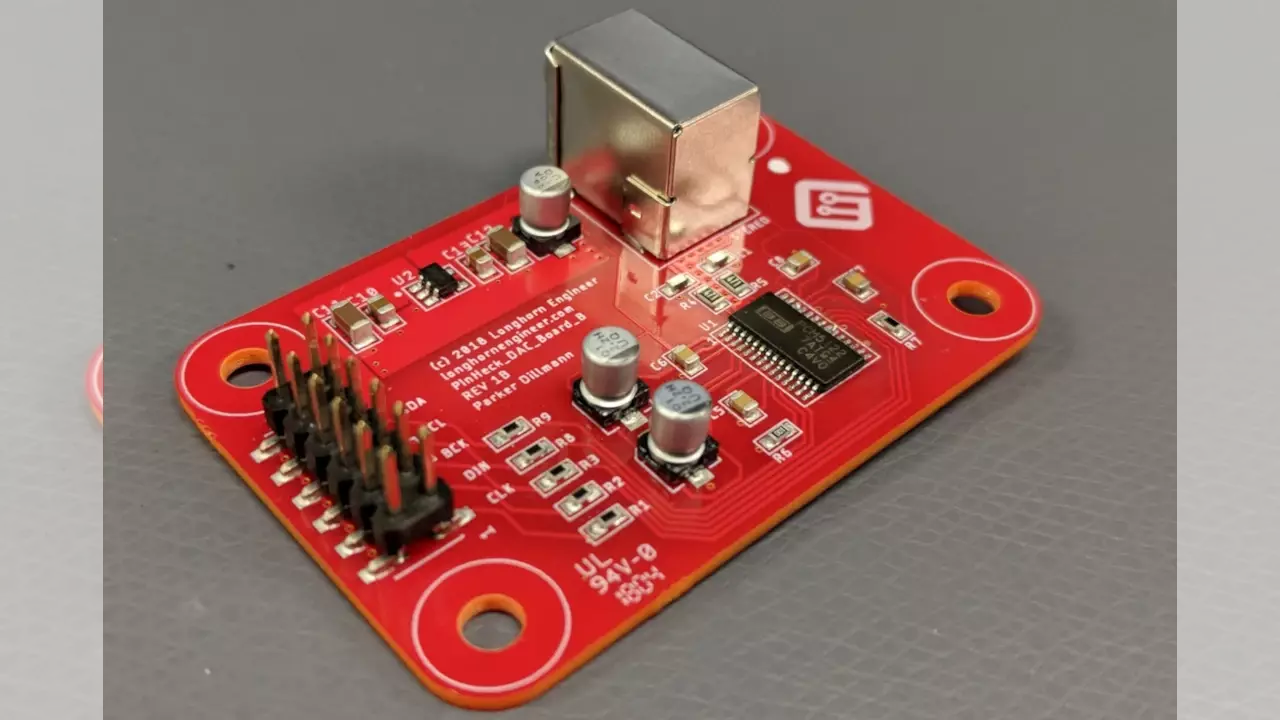Related Topics
Don’t Worry About It
Right to Repair is going global and Stephen might have solved his injection molded component's void by tweaking the mold design.
A Couple Months Ago…
Meta data for electronic components? Stephen talks about categorizing components to make it easier to get to that part that you really need.
We Are All Idiots Together On This Planet
What is your EDA Tool workflow? Where do you start with a new design? When is it O.K. to rely on another part footprint? Are JEDEC standards fine?
Other Resources
Circuit Break Podcast
Webinars
Videos
Tour MacroFab's ITAR-Compliant Facility
February 14, 2018, Episode #107
Podcast Notes
- Stephen
- Melted Solid State Relay in electric brewery setup
- “Finally gave up the smoke”
- New SSR is rated for 40A
- Installed a blower fan on the heatsink for extra protection
- GFCI Breakers
- Monitors current on both legs of the circuit and makes sure they are within 5mA of each other
- Parker is going to use a SPA 240V 50A GFCI setup for his brewery setup
- Melted Solid State Relay in electric brewery setup
- Parker
- DAC board update
- PCM5122 based DAC design
- Same chip as what is on the HiFiberry DAC+
- Had to change out the in series resistors from 1K Ohm to 27 Ohm resistors to get the communication to work
- Digital Logic Analyzer Verse Oscilloscope
- Soldering Iron ownership history
- DAC board update
- Rapid Fire Opinion R.F.O.
- PCM2912A USB microphone chip
- USB Interface, Mono Microphone Input, and Stereo Headphone Output
- Found in a Datasheet for LAN9514 pg 15
- When disabling port power, the driver will actively drive a ‘0’
- The BenHeck show is losing its host
- Adventures in Autorouting
- /r/electronics thread
- It is definitely written by a software person
- They do not take in account RF noise, stability, power return and ground loops
- “Imagine today’s standard 4 layer boards routinely being fit into 2 layers without any human effort.”
- PCM2912A USB microphone chip
Visit our Slack Channel and join the conversation in between episodes and please review us, wherever you listen (PodcastAddict, iTunes), it helps this show stay visible and helps new listeners find us.
About the Hosts

Parker Dillmann
Parker is an Electrical Engineer with backgrounds in Embedded System Design and Digital Signal Processing. He got his start in 2005 by hacking Nintendo consoles into portable gaming units. The following year he designed and produced an Atari 2600 video mod to allow the Atari to display a crisp, RF fuzz free picture on newer TVs. Over a thousand Atari video mods where produced by Parker from 2006 to 2011 and the mod is still made by other enthusiasts in the Atari community.
In 2006, Parker enrolled at The University of Texas at Austin as a Petroleum Engineer. After realizing electronics was his passion he switched majors in 2007 to Electrical and Computer Engineering. Following his previous background in making the Atari 2600 video mod, Parker decided to take more board layout classes and circuit design classes. Other areas of study include robotics, microcontroller theory and design, FPGA development with VHDL and Verilog, and image and signal processing with DSPs. In 2010, Parker won a Ti sponsored Launchpad programming and design contest that was held by the IEEE CS chapter at the University. Parker graduated with a BS in Electrical and Computer Engineering in the Spring of 2012.
In the Summer of 2012, Parker was hired on as an Electrical Engineer at Dynamic Perception to design and prototype new electronic products. Here, Parker learned about full product development cycles and honed his board layout skills. Seeing the difficulties in managing operations and FCC/CE compliance testing, Parker thought there had to be a better way for small electronic companies to get their product out in customer's hands.
Parker also runs the blog, longhornengineer.com, where he posts his personal projects, technical guides, and appnotes about board layout design and components.

Stephen Kraig
Stephen Kraig is a component engineer working in the aerospace industry. He has applied his electrical engineering knowledge in a variety of contexts previously, including oil and gas, contract manufacturing, audio electronic repair, and synthesizer design. A graduate of Texas A&M, Stephen has lived his adult life in the Houston, TX, and Denver, CO, areas.
Stephen has never said no to a project. From building guitar amps (starting when he was 17) to designing and building his own CNC table to fine-tuning the mineral composition of the water he uses to brew beer, he thrives on testing, experimentation, and problem-solving. Tune into the podcast to learn more about the wacky stuff Stephen gets up to.
Special thanks to whixr over at Tymkrs for the intro and outro!
Related Podcasts
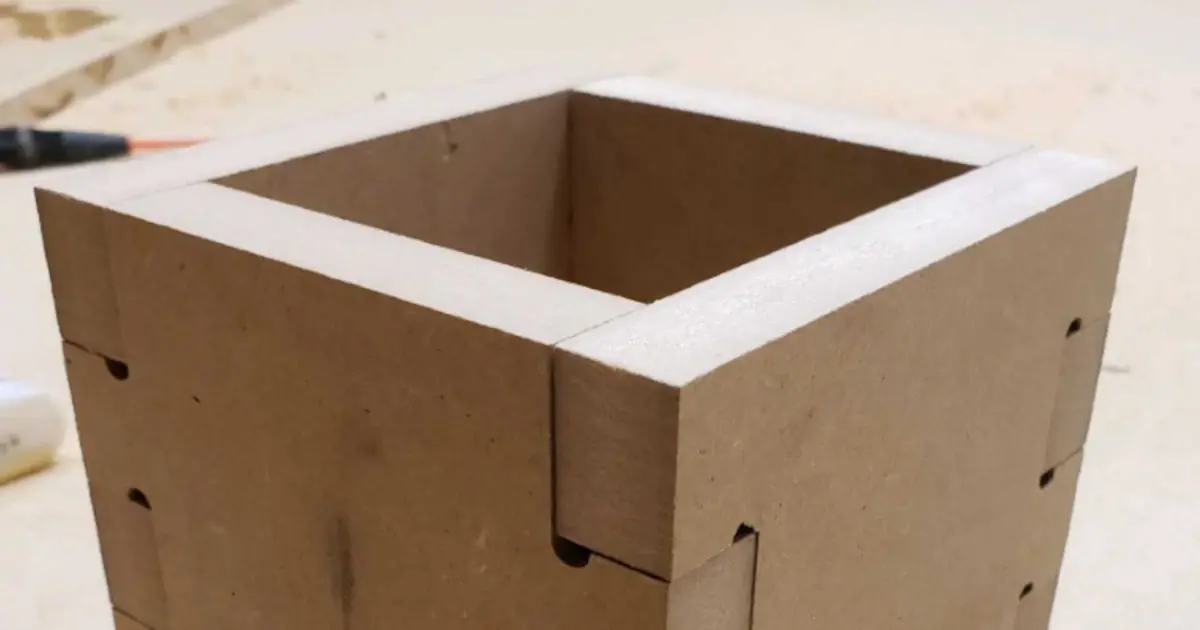
Virtual Earth Mixers
Datasheets are usually an engineer's friend. However, Stephen finds that his rotary switch's datasheets do not match the physical device.
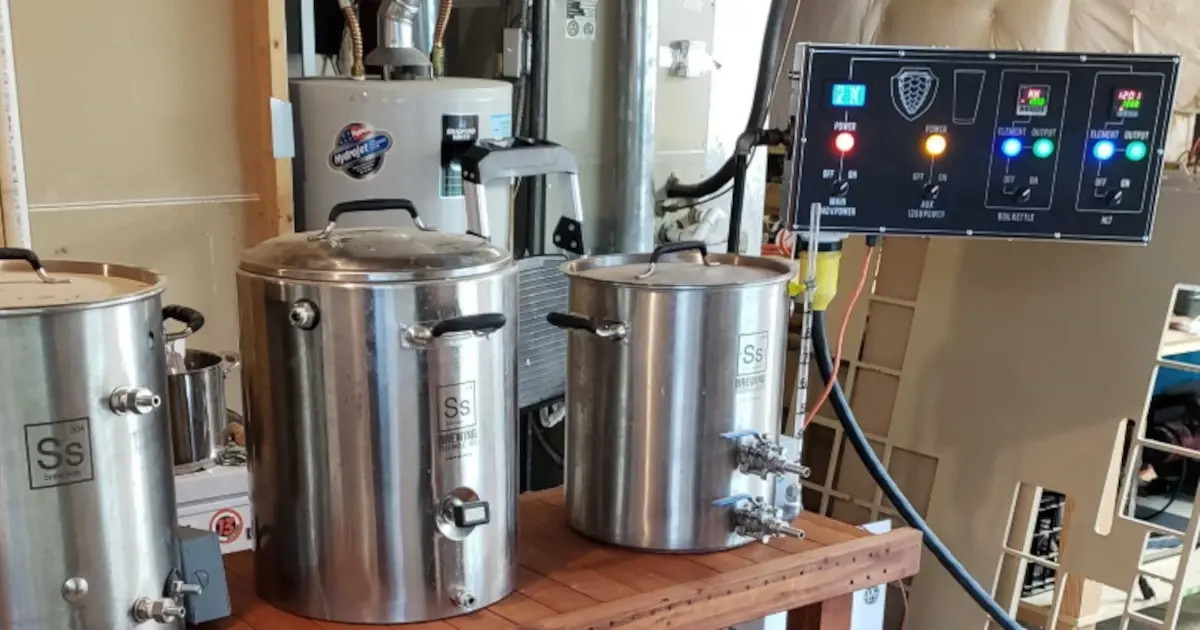
We Are All Idiots Together On This Planet
What is your EDA Tool workflow? Where do you start with a new design? When is it O.K. to rely on another part footprint? Are JEDEC standards fine?
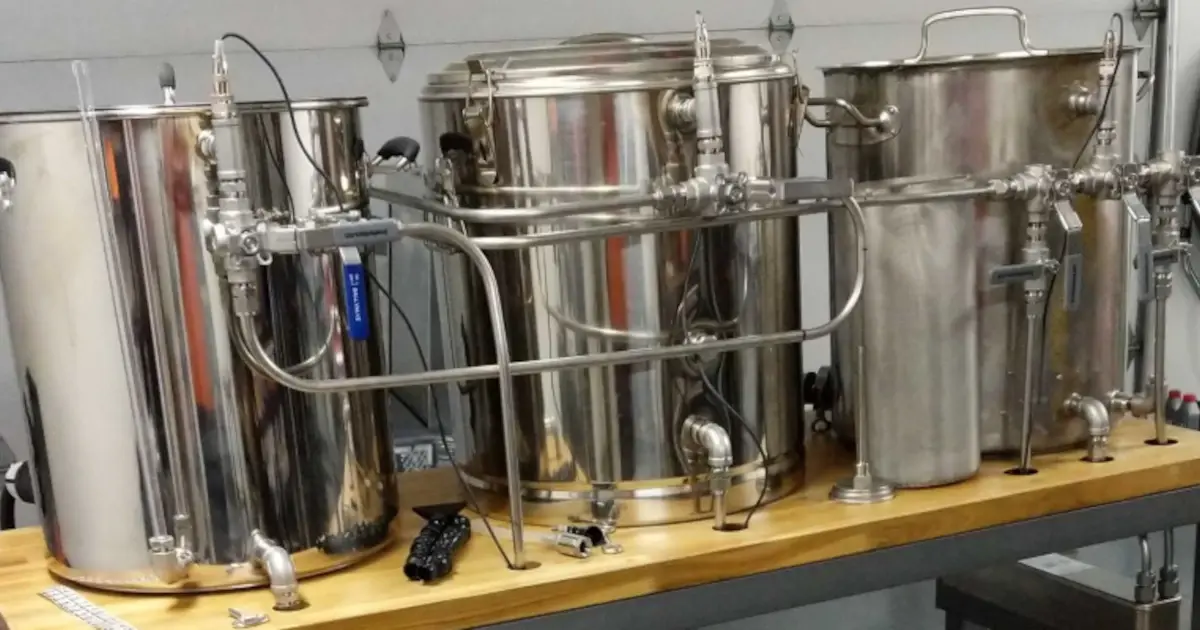
Get Cute This Weekend
The Brewery LIVES! Parker turns on his electric brewery for the first time! Tips and tricks about homebrewing on this episode of the MacroFab Podcast!
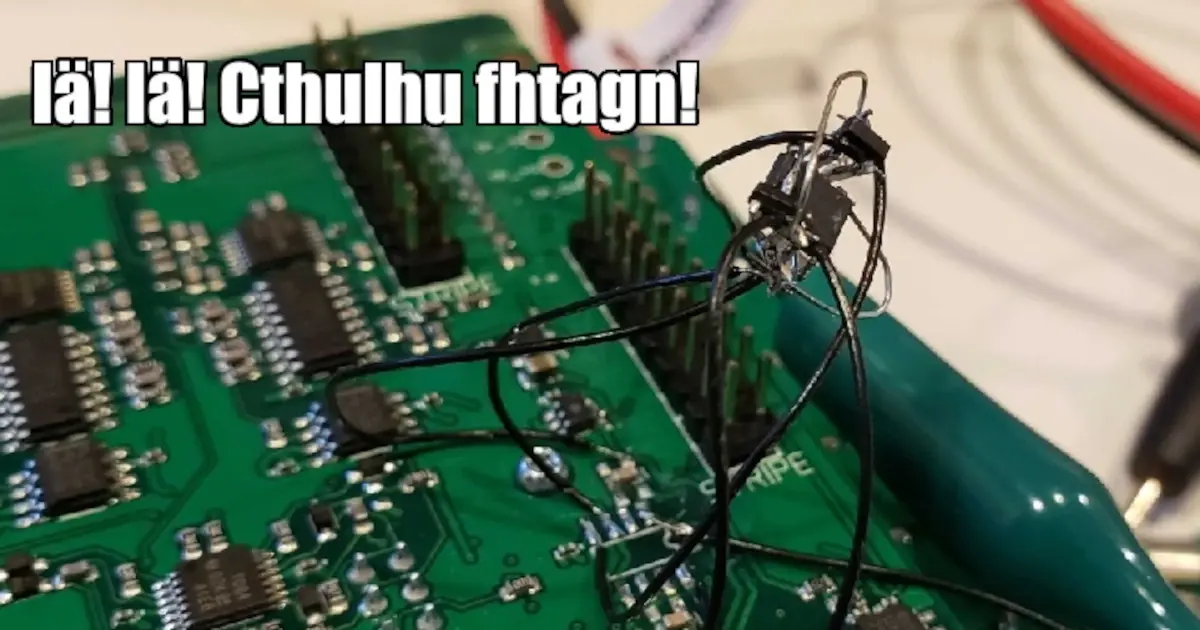
A Couple Months Ago…
Meta data for electronic components? Stephen talks about categorizing components to make it easier to get to that part that you really need.
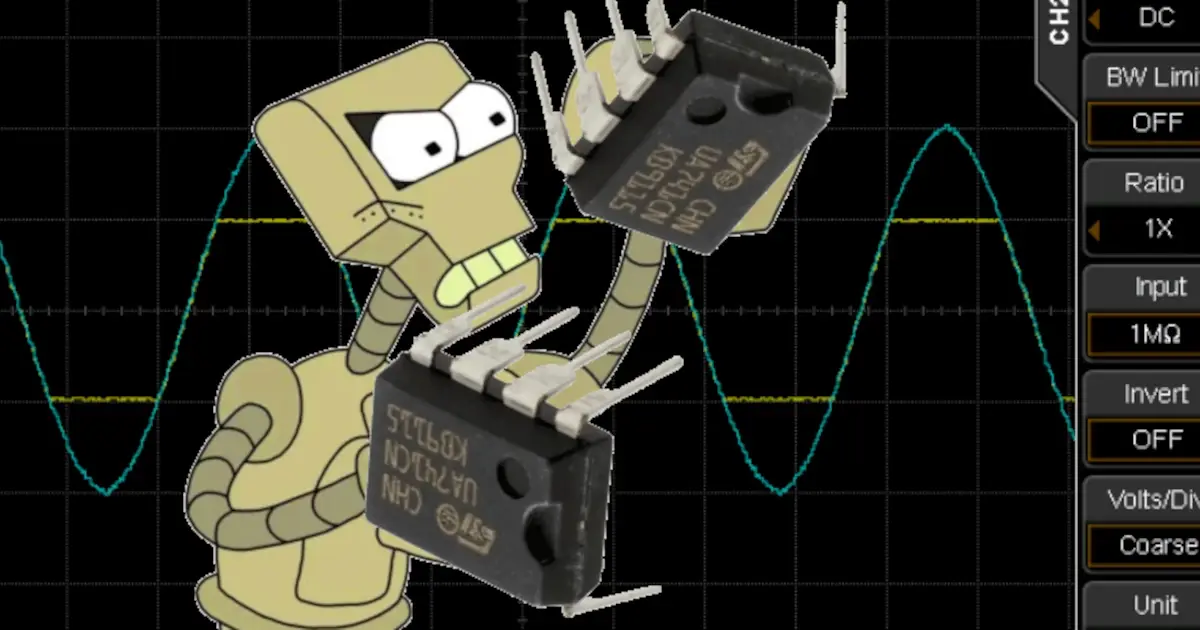
Clipping and Clamping OpAmps
Are rules of thumb obsolete? Validate your thumbs on this episode of the MacroFab Engineering Podcast while Parker discusses progress on the brewery!
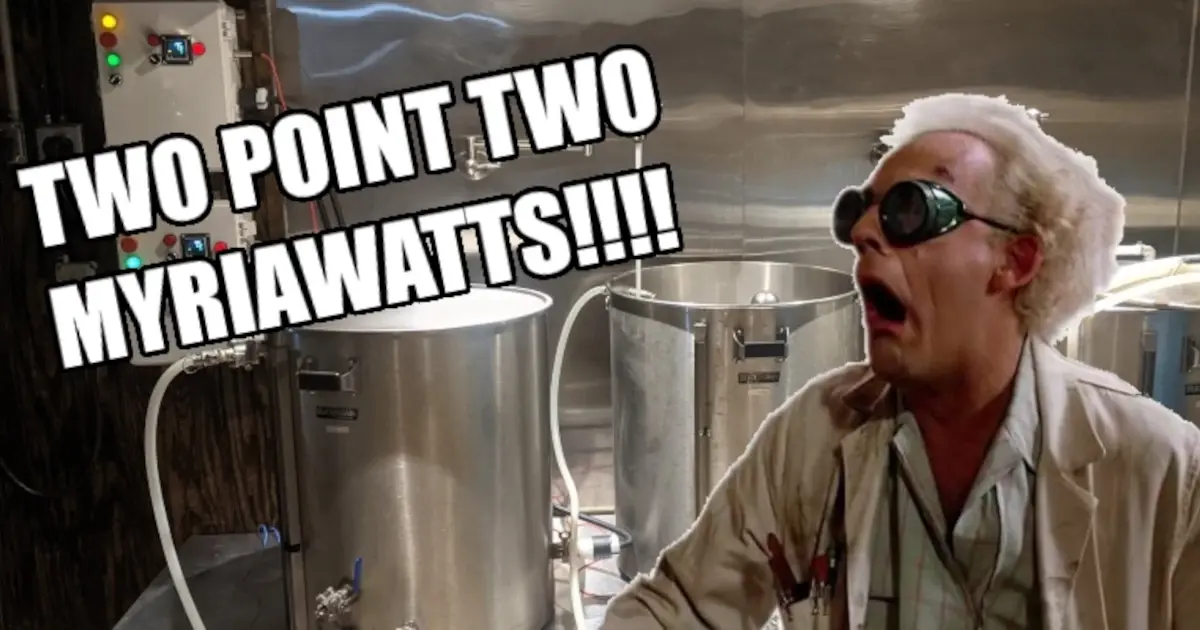
Don’t Worry About It
Right to Repair is going global and Stephen might have solved his injection molded component's void by tweaking the mold design.
About MacroFab
MacroFab offers comprehensive manufacturing solutions, from your smallest prototyping orders to your largest production needs. Our factory network locations are strategically located across North America, ensuring that we have the flexibility to provide capacity when and where you need it most.
Experience the future of EMS manufacturing with our state-of-the-art technology platform and cutting-edge digital supply chain solutions. At MacroFab, we ensure that your electronics are produced faster, more efficiently, and with fewer logistic problems than ever before.
Take advantage of AI-enabled sourcing opportunities and employ expert teams who are connected through a user-friendly technology platform. Discover how streamlined electronics manufacturing can benefit your business by contacting us today.
